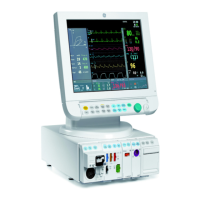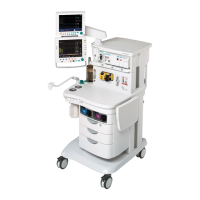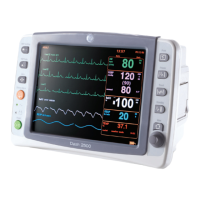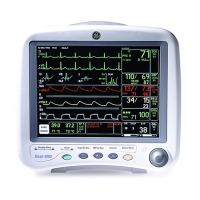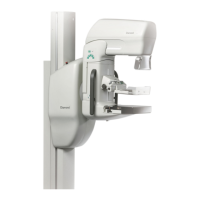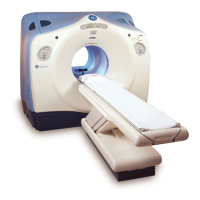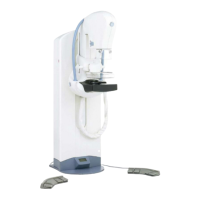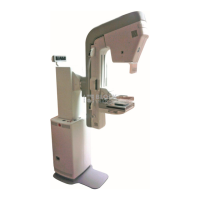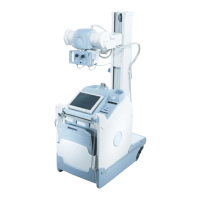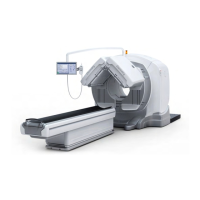Sensor type: indicates the type of the sensor
connected.
Lot code: indicates the manufacturing lot code of the
sensor. The lot code contains the manufacturing
date and shift.
Serial no: indicates the serial number of the sensor.
Shelf life: indicates max storage duration.
Usage count: indicates how many times the sensor
has been attached/detached. Not in use.
Mains Freq.: indicates the set mains frequency;
50Hz/60 Hz.
Sensor Impedances: indicates the last measured
impedances.
Imped. indicates the measured impedance value in
Kohms.
Qualif. indicates the quality of the measured
impedance; PASS/FAIL.
BE powerup test: indicates the status of BIS Engine power up test: PASS/FAIL.
DSC selftest ch1: indicates the DSC selftest status for channel 1: PASS/FAIL.
DSC selftest ch2: indicates the DSC selftest status for channel 2: PASS/FAIL.
Measured parameters indicated:
BIS indicates BIS index; range 0..1000 (corresponds to 0..100)
SQI indicates signal quality index; range 0..1000 (corresponds to 0..100)
EMG indicates EMG activity level; range 0..10000 (corresponds to 0..100dB)
(NOTE! On the trend display, EMG will be shown between 30..80dB)
SR indicates supression ratio; range 0...100 (corresponds to 0..100%)
Statuses (HEX): See APPENDIX A: How to read HEX numbers.
DSC status: indicates the DSC status for the four channels. See Table 12 DSC
status for a detailed description of the message.
Sensor status: indicates the Sensor status. See Table 13 Sensor status for a
detailed description of the message.
BE powup stat: indicates the BE power up status. See Table 14 BE power up status
for a detailed description of the message.
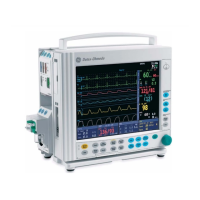
